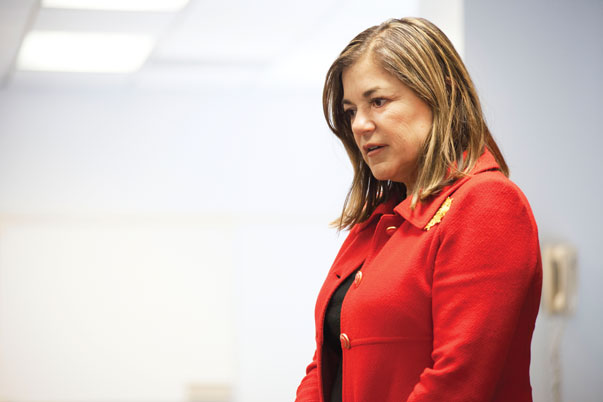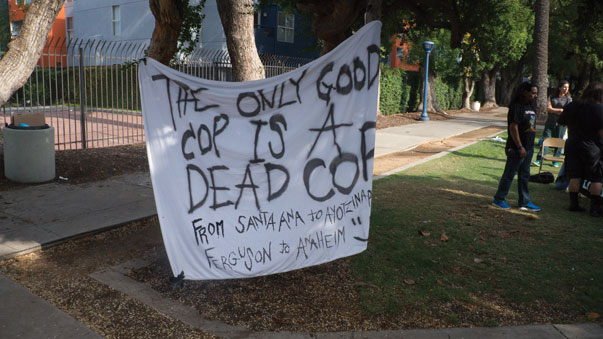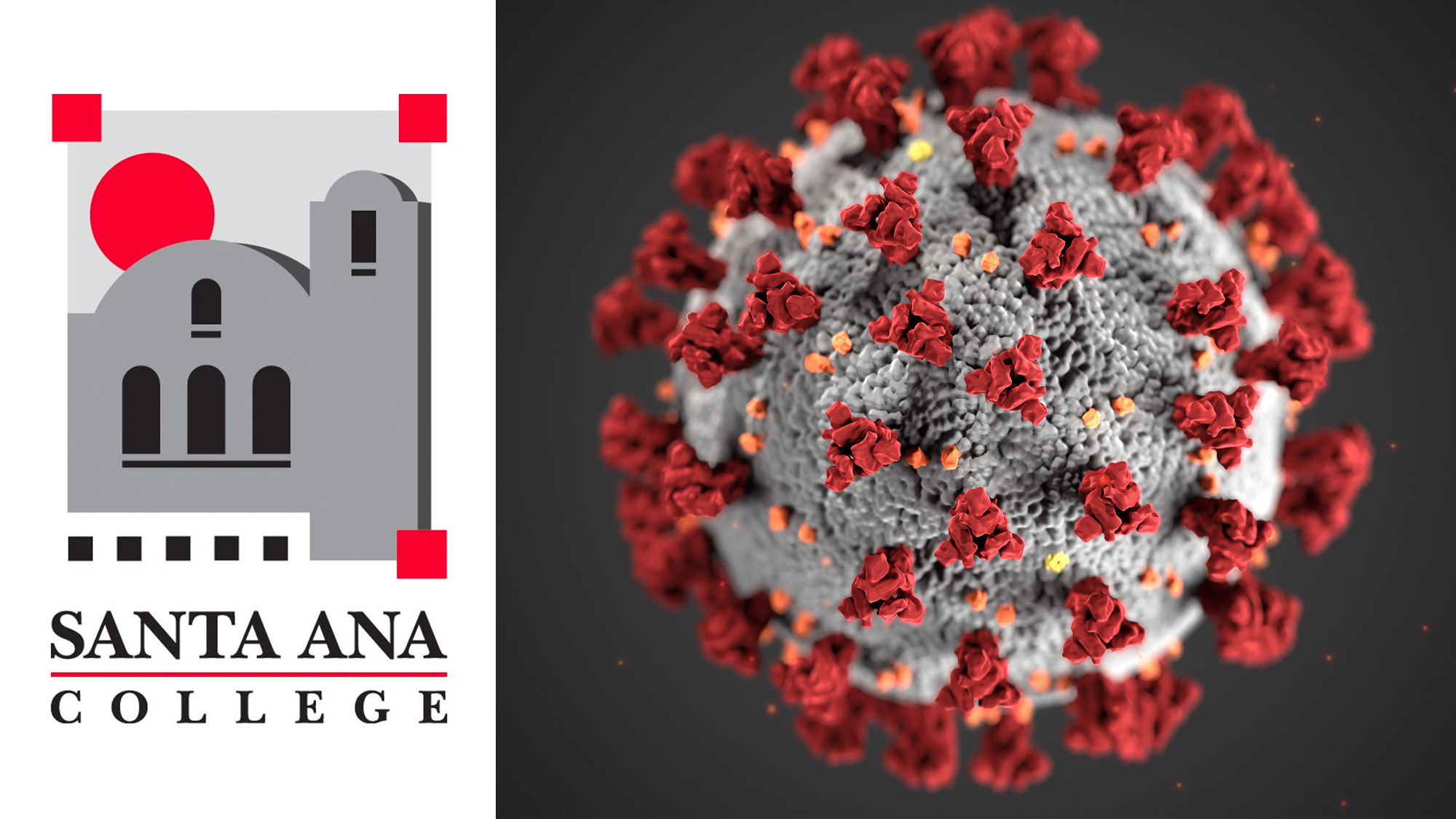
Each bomb detonated on the Marshall Islands Bikini Atoll was 1,000 times more powerful than the hydrogen bombs dropped on Hiroshima and Nagasaki and illuminated the sky brighter than the light from 500 suns
By Aileen Capelle
The skies were red all the time: waking up, going to bed, walking to work, in the morning, in the afternoon, at night. But not a beautiful vibrant red that you see in a painting. There was nothing beautiful about those skies. The red could make civilizations believe the world was ending. Agnes, 73, remembers those skies. She was a schoolgirl when the clear, blue skies of her beloved island began to change.
Every bomb rumbled the islands. It happened so often that it became part of the normal daily life of a Marshallese resident.
“You’ll hear it all the time. It kind of becomes cliché among the island, but we had two sunsets: one on the eastern side of the island, our regular, daily sunsets, and one on the western side, where the atomic bombs were dropped on Bikini.” On a day of a so-called “good test,” the islands would “snow.” Agnes remembers trying to play with the material before her mother would snatch her, yelling “Bwebwe, aen mon yuk,” meaning “I am going to spank you.” Agnes didn’t understand it at the time and she knew little about snow, other than it shouldn’t be happening there.
Only after she came to the United States did she realize that snow should not be black. Her mother was protecting her from the dark, thick ashes that would cover the atolls after a test. “Our islands changed and our lives changed,” Agnes said, with sadness in her eyes as she remembered her childhood.
Between 1946 and 1958, the United States tested the first nuclear bombs on Bikini Atoll in the Marshall Islands, a small cluster of atolls located in the South Pacific, and beneath them in the ocean. Before the time of the testing, the residents of the Marshall Islands lived a quiet and peaceful life. During the nuclear testing, the United States dropped a total of 67 bombs on Bikini Atoll.
“Our islands had to experience so many bombs. I don’t know how Bikini and Rongelap — the surrounding atoll — are still existent,” said Stella Torren, a resident of the Marshall Islands during that time.
Each bomb was 1,000 times more powerful than the hydrogen bombs dropped on Hiroshima and Nagasaki and illuminated the sky brighter than the light from 500 suns. The impact of the bombs altered the surrounding 24 atolls of Bikini, along with affecting the climate. The islands shook constantly, damaging the ocean floors, residential houses, and causing health problems.
The deadly radiation not only affected the health of the islanders but traces spread out beyond the Marshall Islands, even reaching the United States and Europe. Agnes recalls her school classes dwindling quickly, as her friends and cousins became sick. “I had to stay home from school to take care of my grandparents.” It became common for many grade school children to care for family members. It was not long until she also fell ill. “My hair was falling out, and I was throwing up all the time. An American doctor had to be sent to Likiep” — the atoll she lived on — “and it was getting out of control.” The frequent blasts were the main cause of an increase in cancer, kidney failures, and birth defects in the Marshall Islands.
Although it has been more than 60 years since the tests of the nuclear bombs on Bikini, the effects were long-lasting. Bikini is surrounded by coconut trees and clear waters filled with marine life, but none of the fish or fruit on the island can be consumed. The island has been deemed “unlivable” due to the radiation that still lingers. An effort by the United States to clean the island was halted. “I hope our fellow Marshallese who were relocated can eventually return,” Agnes explains. “After all that we had been through and seen many years ago, that island is still important to us.”
- Here’s what’s inside el Don’s 2025 spring issue - May 28, 2025
- Ash’s Opinions – Column – ACP Entry - May 22, 2025
- Nico’s Film Notes – 1G Column – ACP Entry - May 22, 2025











